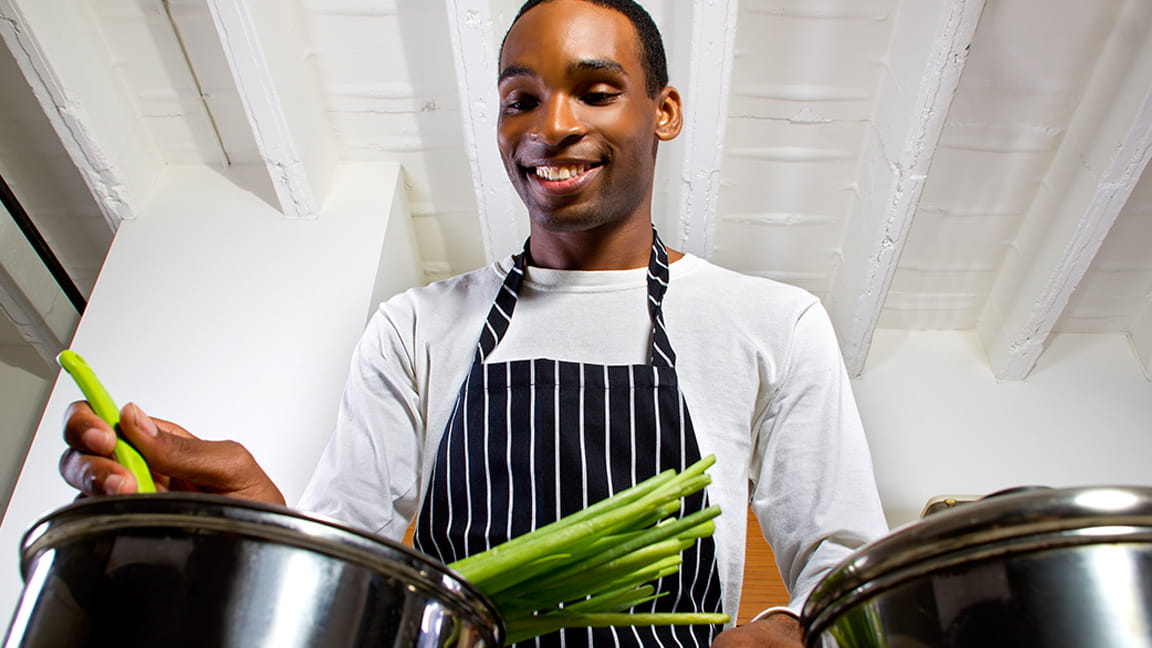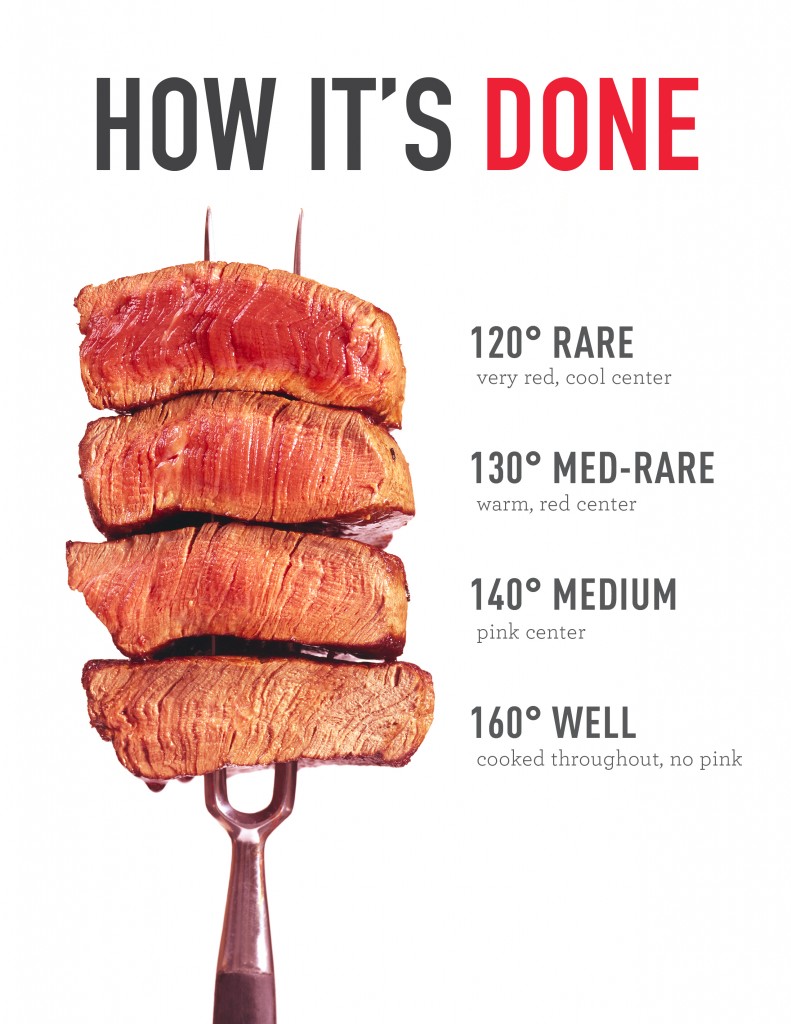
Cooking can be an enjoyable hobby or a great way to make extra cash. There are many methods to cook, and following a recipe can help you learn. But not all recipes will work for you. You need to be able to use your senses along with the recipe to get the best results. Below are some tips and tricks for advanced cooks. Continue reading to find out more. - Use your senses and intuition to help you find the best flavor and texture in a dish
Technique and taste.
Amy Pomeroy co-authors Technique as Well as Taste in Advanced Cooking. Amy is a chef at Portland’s Beast. This book offers a solid foundation in French cooking and is organized by type of dish, including appetizers, salads, soups, main courses, and desserts. Although it may appear intimidating at first this book is full of surprising possibilities. It also offers recipes for pairings and combinations that you may not have considered. Although more specific recipes are included, the overall book is very creative.
Science of salt
Salt has been a key ingredient in modern culinary cultures for centuries. Salt is a simple ingredient that adds saltiness to food and enhances flavours. Salt is one food that has been known to alter the course of cuisine. Ferran Adria, an ex-chef at Noma, said salt is the only food that can "change the taste of cooking."
Indian cooking classes cover advanced techniques
Individuals who are interested to learn more about Indian food can find a range of classes on Indian cooking. If you want to learn to make Indian dishes for special occasions, you should look for cooking classes that will match your culinary interests and budget. Look for a school that offers classes lasting at least a month. You can also attend a cooking class taught by a celebrity chef in your area. Before making any decisions, check out the most current travel requirements.

Rajeev Gouryal can lead a course on traveling and learn about different cuisines. Rajeev is an expert on Indian cuisine, and has been leading food activities since 2010. His extensive travels give him an in-depth understanding of the culture of different regions and their cuisines. This knowledge will come in handy when you start to cook Indian meals for your family and friends. This may be the best method to learn about new regions' cuisines while on an exotic vacation.
FAQ
Do I have to go to culinary school in order to be a professional chef?
No. Many chefs started their careers by learning on their own. Some even went to culinary schools to gain practical experience. However, most chefs prefer to attend culinary school because it gives them more opportunities to learn and grow professionally. Culinary schools provide hands-on training that helps students develop valuable skills and enhance their culinary knowledge.
What ingredients do I need to purchase to cook?
You don't necessarily need to buy any ingredients. Many grocery stores have premade sauces and other products that you can substitute for. However, if you want to save money, then buying pre-made meals can be helpful.
Who is the best path to a career in chef work? How can I start my career as a chef?
You should start as an apprentice if you are interested in becoming chef. Apprenticeships are a way to earn a living while you learn. After you complete your apprenticeship, it is possible to apply for a job as a sous-chef. Sous chefs are responsible for supervising cooks and helping them prepare salads or desserts. They oversee all aspects of the restaurant's operation.
What are the qualifications to be a chef?
To become a chef, you must have a bachelor's degree in culinary arts. You will also need to pass several tests administered by ACF. Once you've completed these requirements, you'll receive a certificate verifying your qualifications.
Statistics
- On average, chefs earn $58,740 a year, according to the BLS. - learnhowtobecome.org
- under 10 Kids have been taught that there is special food just for them, and Fiese says that 10 percent of kids will throw a tantrum if they don't get the food they want. (washingtonpost.com)
- In the United States, the category is estimated at $23.2 billion annually and is growing faster than the market. (washingtonpost.com)
External Links
How To
How to make a perfect eggroll
Omelets are my favorite breakfast dish. But how do you make them perfectly? There are many recipes and methods I tried, but none worked. So I wanted to share some tips and tricks so that you can make delicious, fluffy omelets every morn.
We should first know that eggs are very temperamental ingredients when making omelets. They must be fresh, preferably from the organic market, and be kept cold until cooking. They must be kept cool, otherwise the whites will not form properly and the yolks may become runny. This causes your omelets to look oddly colored. If you plan to cook the eggs right away, it is best to use room temperature eggs.
Another tip is to separate the egg before adding it to the pan. Because this could cause your omelet to become curdled, you don't want any yolk to be mixed with any white.
The egg can burn if it is placed directly on the stovetop. Instead, place the egg in the microwave for 10 second before you put it in the skillet. The microwave heat cooks your egg just right, without it becoming too soft.
Next, let's discuss mixing the eggs. Mixing eggs together is important. You need to beat them well. To do this, grab the bowl of the mixer and turn it upside down. Then, vigorously shake the bowl. The egg will be thoroughly mixed in the bowl as the air is whipped.
The fun part begins - you need to pour the milk into your mixture. Pour half the milk into the beaten egg mixture and then fold in the eggs. Do not worry if you see streaks of egg; they will disappear when the omelet is flipped.
After you have folded the eggs, heat the oil in a pan over medium heat. Once the oil has started to sizzle, turn the heat down to low. Once the oil begins to heat, add 1/4 cup butter and swirl the pan to coat it. Open the lid and sprinkle salt on the pan. An additional pinch of salt will prevent the omelet form sticking to your pan.
Once the omelet forms, cover the pan again. Let the top side set completely. Use a spatula to flip the omelet or turn the pan upside-down. Cook the second side for a minute or so. Remove the omelet from the pan and serve immediately.
This recipe is best when used with whole milk. But, you can use skimmed milk as well.